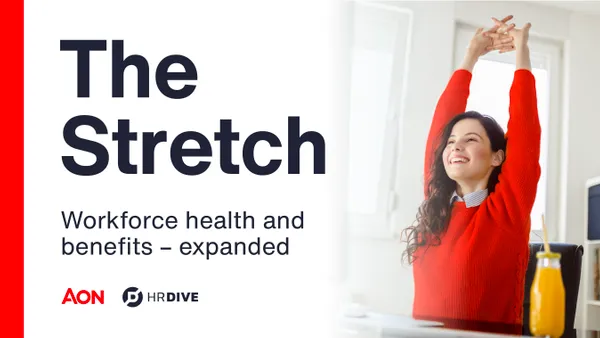For the data geeks among us, the release of the 2016 SHRM/Globoforce Recognition Survey is like spring coming early. It’s packed with fascinating new insights from nearly 800 HR leaders and practitioners about their top workforce challenges and strategies to help address them.
Are you busy planning for the year ahead? This report shows where to focus your efforts by examining best practices in budgeting employee recognition, the impact of recognition on organizational outcomes, trends in human workplace efforts, and evolving performance management practices.
Here are 5 key takeaways from this year’s report, Employee Experience as a Business Driver:
- Retention/turnover is still what keeps you up at night. This is the second year in a row that retention/turnover tops the list of HR challenges – cited by nearly half of the organizations surveyed (46%). It’s no surprise, really, when you consider Bureau of Labor Statistics data which shows the ratio of unemployed persons per job opening was 1.4 in September – nearly the lowest since January 2001. A few years ago, workers may have tolerated a less than satisfactory experience at work. In today’s job market, all the power is in the hands of job seekers.
- Values-based recognition programs give you the most bang for your buck. In fact, HR professionals with values-based recognition are nine times more likely to rate their program as excellent. They’re also more likely to report the following impacts:
- 32% more likely to deliver a strong ROI
- 31% more likely to instill and reinforce corporate values
- 31% more likely to maintain a strong employer brand
- The sweet spot for rewards & recognition budget is 1% or more of payroll. Why? Companies that spend 1% or more are nearly three times as likely to rate their program as excellent (26%), compared to companies that spend less than 1% (9%). A greater level of investment also helps to attract job candidates, retain employees, and deliver strong ROI. What about the argument for “free recognition?” Data shows companies that spend no budget on recognition are five times more likely to rate their program as poor, compared to companies that spend 1% or more.
- Human workplace programs are no longer just “nice-to-haves.” In the survey, HR leaders were asked if their organization had received an award for workplace culture or programs in the past three years. The data show those who win culture awards are more likely to focus on recognition and appreciation, corporate citizenship or charity, and diversity and inclusion.
- We need more coaches, not managers. Many companies spend a lot of time and money on performance reviews. How effective are they? 40% of those surveyed said they do not think their organization’s performance reviews are an accurate appraisal of employees’ work. While some annual reviews may be missing the mark, the 2016 survey shows that coaching is an important piece of turning performance management into an ongoing conversation, as opposed to a once-a-year meeting. 45% said coaching is “very important” and 93% said managers need more training on how to coach employees.
To get all the data from the latest SHRM/Globoforce Employee Recognition Survey, download the report here.










